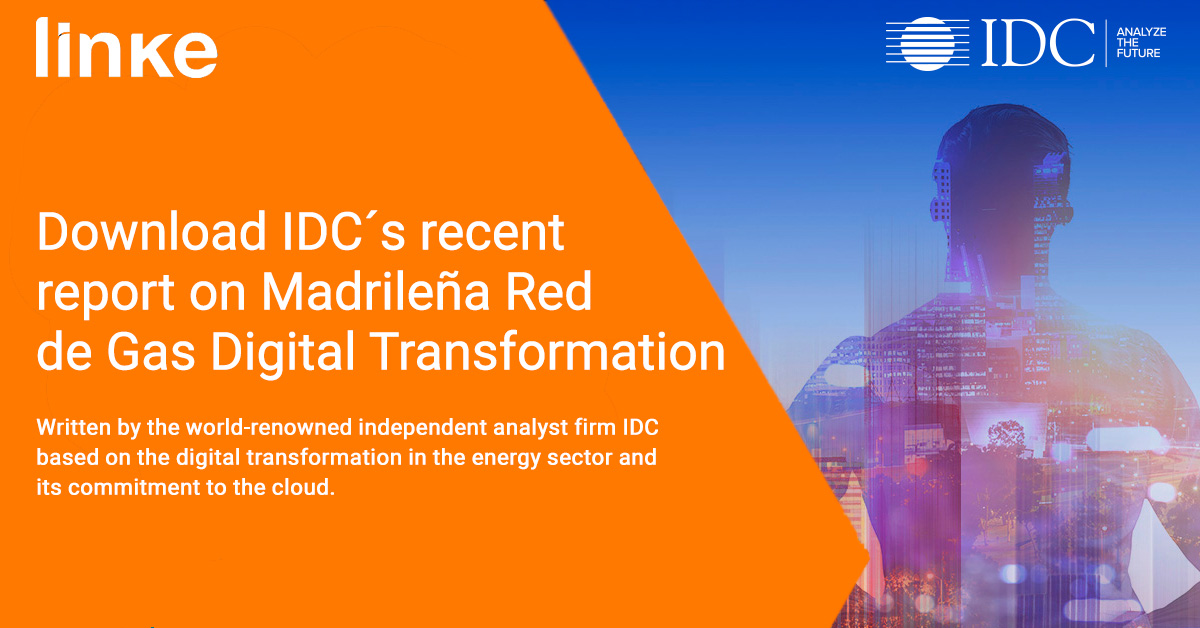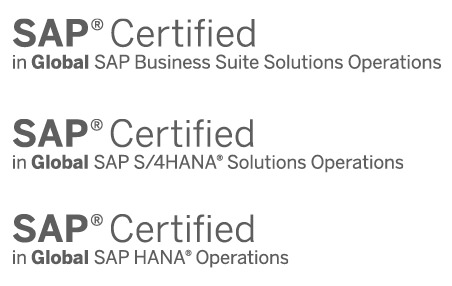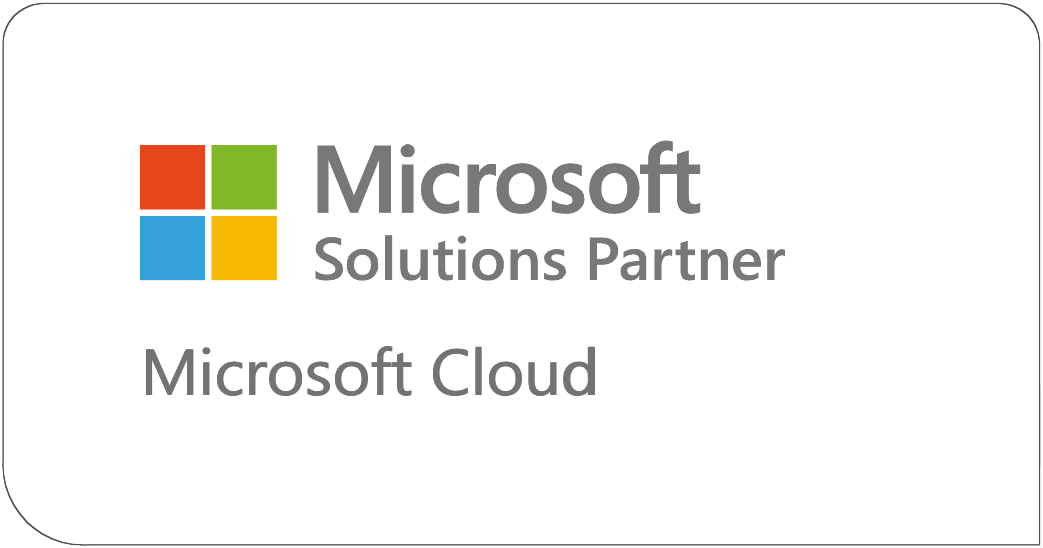If you’ve following our blog, we are sure you already know the experience of continuous digital transformation of Madrileña Red de Gas (MRG), which has relied on the public cloud platform of Amazon Web Services (AWS) and Syntax as a technology partner to carry out two strategic projects for its business: on the one hand, the migration of its data center to the cloud in 2018 and, on the other, the digitization of its customer experience in 2020, moving from an outsourced call center model to a cloud-native solution, Amazon Connect.
The journey to the public cloud, which from a technological point of view is key to its digital transformation, has caught the attention of market research firm IDC, which has produced an in-depth report on the various steps of these two technological projects, involving an analysis of the company’s objectives and strategic motivations, how they were carried out and the benefits of the new technological architecture in terms of performance, flexibility and enabling digital transformation.
As Jean-Francois Segalotto, associate director of energy research (IDC Energy Insights) explains in the report, European distributors are becoming more digital and establishing customer-centric strategies, MRG “is a great example of this transition,” demonstrating how the right IT architecture is key to driving innovation.
In addition, throughout the analysis document, IDC highlights that part of the novelty of these technological initiatives lies in the fact that the third Spanish gas distributor has become the first utility in Iberia to choose a model based on a single cloud platform, AWS, and also that it has been a pioneer in the adoption of Amazon Connect, proposed by Syntax, as it was a relatively new solution at the time, with only a couple of references in the Iberian market.
Moving a data center to the cloud in 100 days.
The first of the initiatives, migrating its data center to the public cloud, where 90% of its IT landscape including the company’s SAP systems is located, was the technological response to the company’s decision to evolve from a traditionally metrics-driven business to a customer-centric activity. This new strategy, which placed a premium on process efficiency and service excellence, could not be hindered by a model based on outsourcing the data center to an external provider, with a small internal team responsible for innovation and IT governance.
“Technology was becoming an obstacle. We needed availability to guarantee quality, scalability to grow, agility to respond to new business needs, speed to enable an agile and pay-per-use model,” Héctor Morán, head of the company’s Customer Experience, Systems and Telecommunications department, explained to the firm’s experts.
IDC Perspective underlines from this initiative that moving and preparing the core IT systems on the Infrastructure-as-a-Service platform was done under a time constraint due to the expiration of the contract with its outsourcing provider, and involved preparing the SAP systems to move from a Windows to a Linux environment and adapting some non-SAP applications to increase performance and availability. This was made possible through the use of an agile delivery model that allowed 90% of the production systems to be live in the cloud within two months and system stabilization could be completed before the end of the year. By the end of the project, MRG had migrated more than 50 applications to the cloud in less than 100 days, half the time a project of this scale would take, with virtually no business impact.
In the chapter about benefits obtained, the document highlights, apart from the improvement in cost control and increased performance, greater availability of applications, and more scalability, flexibility and agility to respond to business needs.
Cloud to digitize the customer experience
Once the IT infrastructure was migrated to the cloud, MRG began to explore the opportunities offered by the cloud to transform some of its core customer-related processes, so when it decided to establish its own contact center, choosing a software-as-a-service (SaaS) solution made perfect sense, says IDC.
The implementation time for Amazon Connect, which sought to move to a flexible pay-per-minute pricing model, was also short thanks to careful planning. In that time, in addition to the core service consisting of the entire telephony stack and basic reporting, Amazon Polly, the text-to-speech conversion service, was implemented to configure and implement IVR automations.
In just over two months, the company was able to start using the solution with the first call center teams, with no impact on business operations and a rapid improvement in the perception of the services offered by customers.
This project has been key to digitizing the experience offered to its customers, extending its services through self-service capabilities and laying the foundations for a multichannel strategy.
If you found this interesting, we encourage you to download the full document. In the IDC analysis you will find much more data, the factors that have led to the success of these initiatives, lessons learned, tips on how to approach these types of initiatives, etc.



